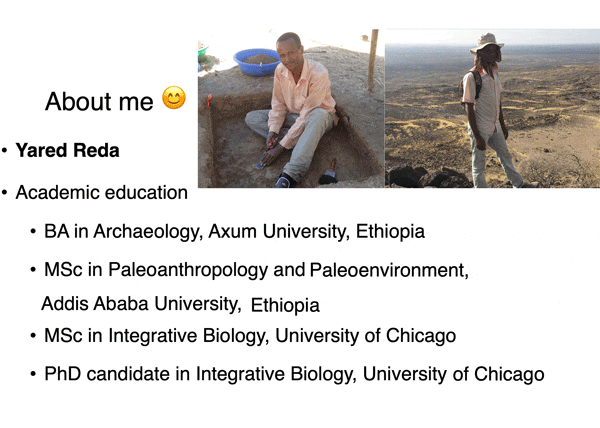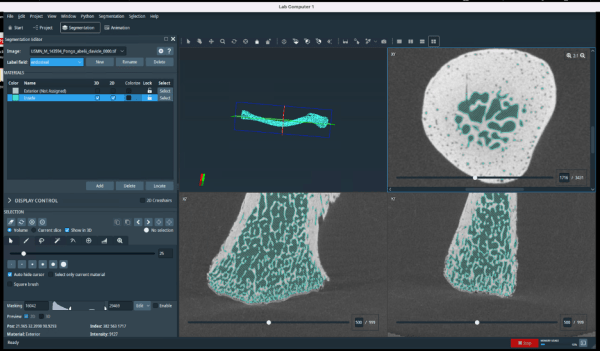Our lab was asked to provide a tour for the incoming undergraduate cohort of Phoenix STEM students. The students are particularly interested in biological sciences, hoping to engage in research early in their education.

The incoming Phoenix STEM cohort visiting the Alemseged Lab.
Zeray introduced his work and summarized the context of human evolution to set the stage about what we do here and why we enjoy it. Before moving on to the next speaker, he addressed a few questions posed by the STEM students, such as why did humans evolve as we have?
Rebecca followed up, explaining the common technologies used in the lab, from surface and CT scanning to software applications and 3D printing. Essentially, we “copy” fossils digitally, then “paste” them into the physical world with 3D printing after reconstructing damaged fossils in 3D software applications.

Then, each student introduced themselves and summarized their backgrounds. In his talk about aging and developing, specifically for Australopithecus afarensis, Yared explained that children have more variation than adults; by comparing surface scans of fossil toddlers, we can identify to which species they belong.

Highlighting her work with clavicles, Hannah explained how understanding variances in cortical and trabecular bone can help us understand the biomechanics of our early ancestors. She presented a brief tour of using Avizo to show how this work is done.

Maddie finished up by pulling the environment into focus, summarizing her work with bovid ankle bones and the fieldwork she does. Having recently been in Kenya, she had many field photos to share.

The students asked great questions such as: Why did humans split from our last common ancestor with chimpanzees? Do paleoanthropologists study evolutionary changes in our brains? How much of our work is trial and error? What new discoveries have we made in our lab? How did each of us wind up here, studying paleoanthropology? Afterward, a few of them lingered to chat with us individually and about the opportunities available for them in our lab.
We are grateful that the program reached out to us and hope the students went away with valuable information and more curiosity about our shared history!
